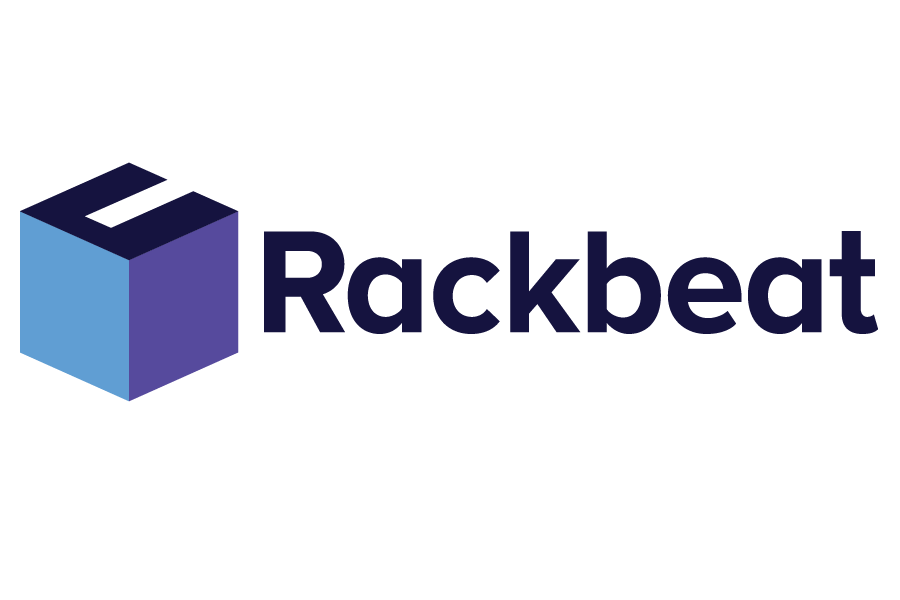Dead Stock Inventory
Dead stock inventory refers to products stored in a warehouse that are no longer moving – neither out to customers nor within the company itself. In other words, these are items that haven’t been sold, used, or relocated for an extended period, and therefore merely take up space and tie up capital.
This type of inventory can remain hidden in an otherwise well-functioning warehouse but negatively impacts liquidity, storage capacity, and purchasing decisions. Over time, dead stock can grow into an unnecessary expense if not identified and addressed in time.
Rackbeat November 7, 2025
What Characterizes Dead Stock Inventory?
When an item has remained unused for an extended period – typically 6 to 12 months, depending on the industry – it is classified as “dead.” It may be expired, outdated, out of season, or simply redundant due to changes in customer needs or the company’s product range.
Typical examples of dead stock inventory include:
Seasonal goods that didn’t sell
Products with little or no demand
Spare parts for discontinued items
Purchasing errors or overproduction
Why Is Dead Stock a Problem?
Dead stock inventory can be a silent killer for your business finances. It clutters up shelves, takes up valuable warehouse space, and ties up capital that could be better spent on products that actually sell. On top of that, there’s the risk of obsolescence and devaluation, making it even harder to get rid of the items without incurring a loss.
Moreover, a large amount of dead stock can disrupt a company’s inventory overview and lead to poor purchasing decisions, as systems may not clearly distinguish between active and inactive stock.
How Do You Avoid Dead Stock Inventory?
A crucial part of effective inventory management is monitoring stock movement and responding to inactivity. Here are several ways to prevent and manage dead stock:
Ongoing inventory analysis: Identify non-moving items and assess their future potential.
Forecasting: Use historical data to predict demand and avoid overstocking.
Promotions and discounts: Create incentives for customers to buy slow-moving items.
Returns or donations: If the items can’t be sold, consider returning them to the supplier or donating them.
System support: Use an inventory management system to get real-time insights into inactive stock.
How Rackbeat Helps You Handle Dead Stock
With Rackbeat’s inventory management system, you gain the necessary overview of your stock – both the active inventory and the items that have been sitting idle for too long. You can quickly generate reports on stock movements and identify which items haven’t been moved within a specific timeframe.
Rackbeat’s automated features also let you:
Set minimum inventory levels to avoid overfilled shelves
Detect dead stock in time and take action
Improve purchasing management with real-time data
In short, Rackbeat helps you free up capital and storage space – and optimize your entire inventory.
Avoid Dead Stock with the Right Solution
Dead stock can quickly become an invisible cost – but with the right inventory system, you gain full visibility and can make timely, informed decisions. At Rackbeat, we help businesses optimize their stock levels, release tied-up capital, and restore flow in their warehouse operations.
Curious about how to reduce dead stock in your business? Book a short, no-obligation meeting with one of our product specialists – together, we’ll explore your challenges and show you how Rackbeat can make a difference.
👉 Book a meeting here – it only takes 15 minutes and could save you a lot more in warehouse costs:



